1946~1956
Independent from France
After World War I, Arab Kingdom of Syria was announced but soon became French mandate. Later Syria took its independence in 1946, pushing French forces out of the nation due to Syrian nationalists and British pressure over Free French. In 1956, the coalition was intended by Egypt and Syria but gained no success.
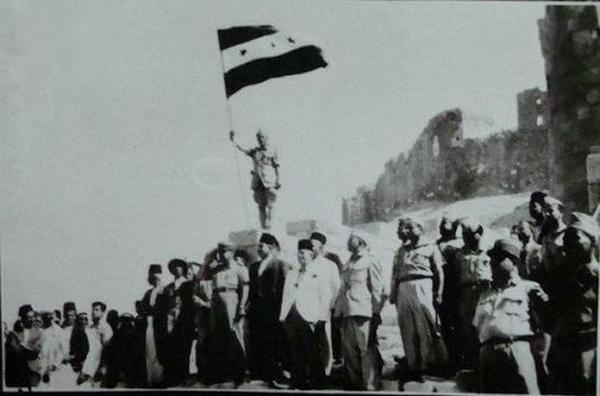
Independence Flag raised in Aleppo. 1940s.
1960~1980
Hafez al-Assad Regime
Hafez al-Assad started his career in air force with his stance being consolidated during Jadid regime in 1960s. In 1970, Hafez led coup d'etat without bloody incident, taking advantage of fragile Jadid. Hafez didn't hesitate to visit local villages listening to real voices of citizens, totally different from the former leaders, and additionally decided to cut down the price of daily necessities, widening own popularity.
However, he overtook worshiping enactment by hanging his pictures in most public spaces and also by deifying himself as one similar to Mahomet. What was worse, extreme pursuit of private interests and political corruption resulted in Muslim Brotherhood Syria's expansion.
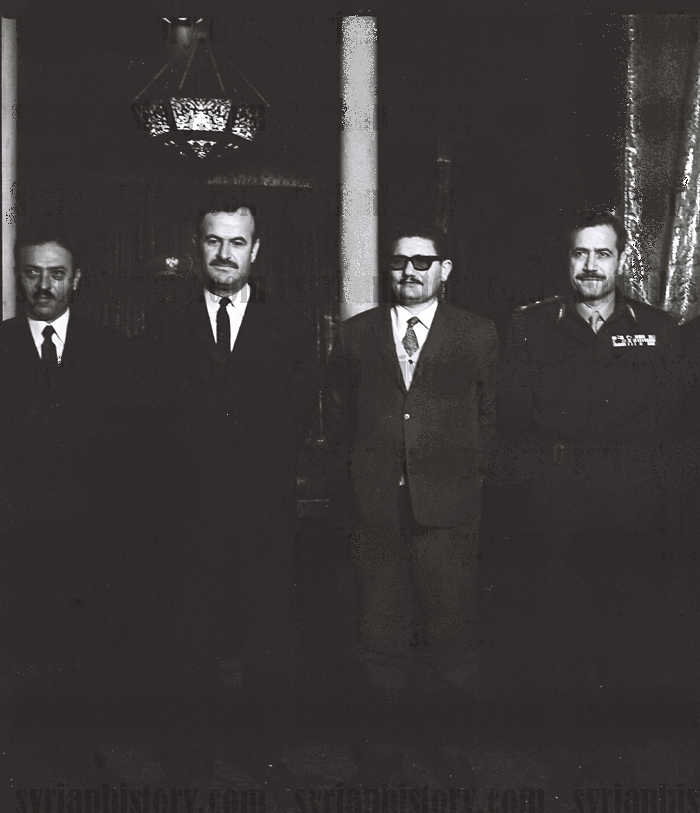
From left to right: Parliament Speaker Ahmad al-Khatib, President Hafez al-Assad, Deputy Secretary-General of the Baath Party Abdullah al-Ahmar, Defense Minister Mustapha Tlass. The photo was taken at the Presidential Palace in al-Muhajreen, used by Assad during the years 1970-1978.
1982
Reign of Terror
Since Hamma massacre
Islamist uprising by itself aimed at overturning the regime especially in northern regions, while its climax was Hama massacre in 1982, killing more than 25,000 people by Syrian Army troops(Syrian Human Rights Committee). It is said the city was bulldozed and destroyed by regime's forces. In the meantime, the central government gained its full momentum to transform its political structure into an absolutistic way, eliminating discussion on measures against anti-government forces and also election process based on voting systems.
Rapid turmoil not only in regional peace but also in its politics meant Syrian social structure became jeopardized in a serious manner: opposition activities became almost impossible; Emergency Law from 1963 to 2011 and military courts applied martial law.
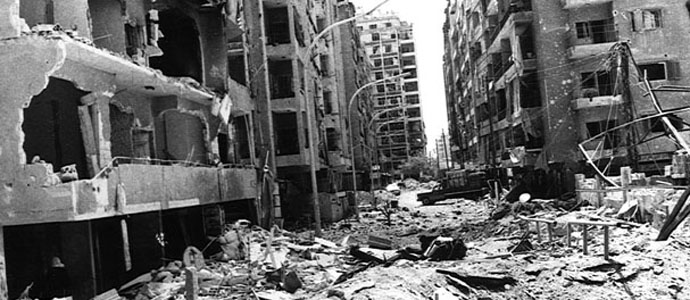
Hamma city was destroyed by force of Hafez al-Assad regime at Feb, 1982.
2000~2001
Bashar al-Assad Regime & Damascus Spring
His son, Bashar al-Assad gripped on the next inauguration right after his father's death in 2000, lowering the age for the to-be president.
The Damascus Spring began within intellectuals' in private salons with various subjects. In 2001, Bashar released political criminals including Muslim Brotherhood followers, seemingly showing its intention to accept social demand for a political innovation. However, repressive actions were severely applied by imprisonment and closure of places for discussion a year later.
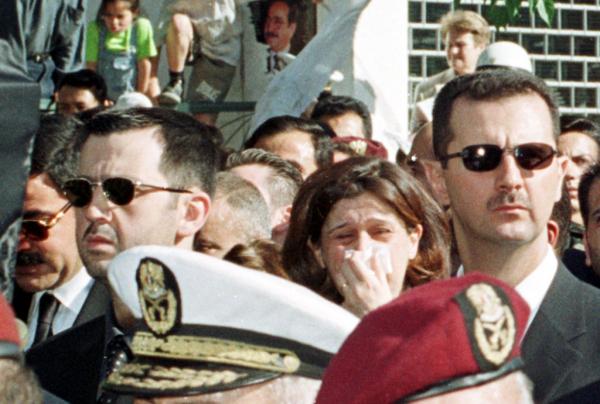
Bashar al-Assads and his family at funeral of Hafez al-Assads.
2001~2011
Intensive Oprpession
After Damascus Spring
After August 2001, Syrian camps were restarted to be filled with political prisoners and rights activists, while Syrian government established series of action to control media and publication. Those who were prisoned were rights activists, parliament representatives, members of civil movements, journalists and also the public who had joined demonstration - confirmed list is written on the section of VI. Annex at this link.
It is highly doubtful that Assad regime has been expanding its rights oppression into the inside of prisoners' camp where external observation seems to be almost impossible. Human Rights Watch acquires the list that says who are believed to be shot dead in Sednaya prison. It is said 25 people were killed, one of whom was a military police. Upon this information, no confirmation or statement has been officially announced by the regime.
Since the antipathy to such suppression became deteriorated, nationwide demonstration called 'Day of Rage'sparked. With regime forces taking more violent actions against citizens, 4 unarmed demonstrators were killed in March 18th in Daraa, resulting in crucial tinderbox of civil war.
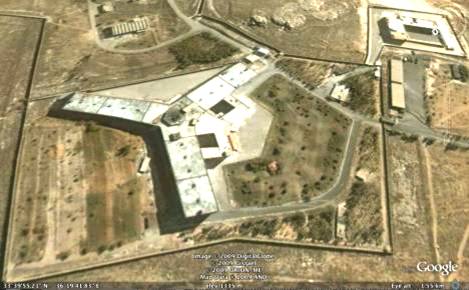
Aerial view of Sednaya prison.
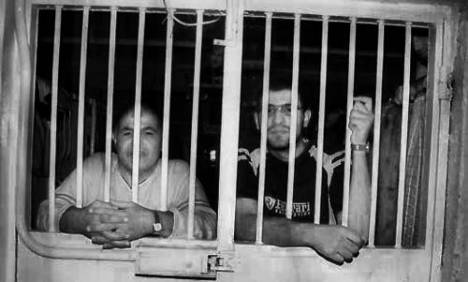
Mohamad Abdullah (right) and his father are among the political prisoners being held in Sednaya prison. R.R.